Graphic design is a powerful tool for businesses to establish and enhance their brand identity in a competitive market. It utilizes elements like typography, color, imagery, and layout to capture attention, communicate values, and differentiate companies. Consistency across marketing materials builds brand recognition and trust. In today's digital era, expert graphic designers create visual strategies that simplify complex ideas and stand out, making it essential for successful marketing campaigns. Choosing the right design style, through collaboration between designers and clients, aligns with brand identity and resonates with customers. Professional services enhance brand communication, optimize marketing efforts, and improve business outcomes. Businesses should avoid common mistakes like poor readability and maintain consistency while keeping up with trends. Measuring success through KPIs like click-through rates and brand recall ensures graphic design's impact on growth and ROI.
In today’s competitive business landscape, expert graphic design is not just a luxury but a necessity. Effective visual communication strategies can transform brands, engage audiences, and drive growth. This comprehensive guide delves into the crucial role of graphic design in branding, explores key elements of successful visual strategies, and navigates the process of collaborating with experts for custom solutions. From choosing the right design style to staying up-to-date with trends, this article equips businesses with insights to leverage professional graphic design services for maximum impact.
Understanding Graphic Design: Its Role in Business Branding
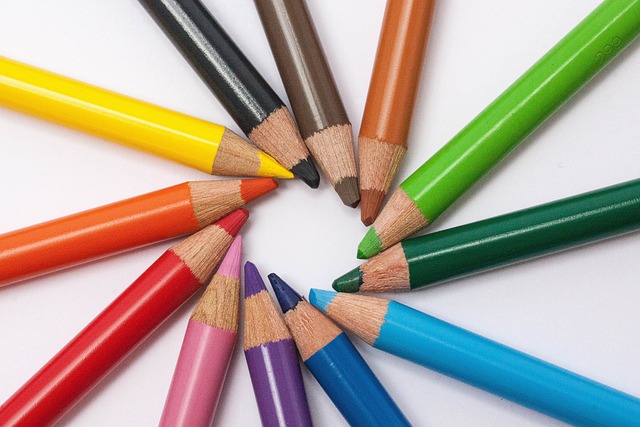
Graphic design plays a pivotal role in shaping a business’s brand identity and its perception in the market. It involves the strategic use of visual elements such as typography, colour, imagery, and layout to convey messages and evoke emotions. A well-executed graphic design can instantly capture attention, communicate brand values, and differentiate a company from its competitors.
In today’s competitive business landscape, having a strong visual presence is essential. Graphic design helps create consistent branding across various marketing collateral, including logos, websites, social media graphics, brochures, and advertising materials. This consistency builds brand recognition and fosters trust among customers. Moreover, graphic design can simplify complex ideas, making them accessible and memorable, which is crucial for effective communication and marketing strategies.
Key Elements of Effective Visual Communication Strategies
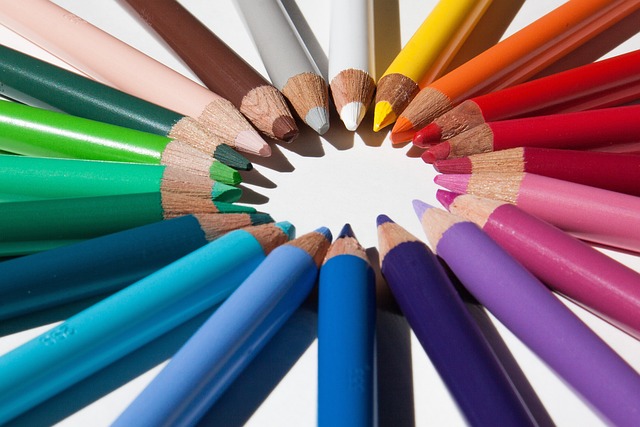
In today’s digital landscape, visual communication is paramount for businesses aiming to stand out from the crowd. Expert graphic design plays a crucial role in crafting compelling visual strategies that resonate with audiences. From eye-catching logos to informative infographics, each element contributes to a cohesive brand narrative. A successful visual strategy not only enhances brand recognition but also effectively conveys key messages and values.
Effective visual communication involves careful consideration of typography, color schemes, imagery, and layout. Professional graphic designers harness these elements to create visually appealing content that engages viewers and fosters emotional connections. By aligning design with branding goals and target demographics, businesses can ensure their visual storytelling is both impactful and memorable—a powerful tool in the competitive world of marketing and advertising.
Choosing the Right Graphic Design Style for Your Brand

Choosing the right graphic design style is a pivotal step in establishing your brand’s identity and connecting with your target audience. It involves understanding your brand’s essence, values, and purpose. Different Graphic Design styles like minimalist, modern, vintage, or abstract can evoke various emotions and convey unique messages. For instance, a minimalist approach can create a sense of simplicity and sophistication, while a vibrant, bold style might capture energy and playfulness. Aligning your design choices with these brand attributes ensures consistency in all visual communications, reinforcing your brand’s recognition.
This process also requires considering your target market’s preferences and the nature of your industry. For example, a tech startup may opt for a futuristic, clean-cut look to reflect innovation, whereas a fashion brand could embrace vintage aesthetics to evoke nostalgia and elegance. By carefully evaluating these factors, you can select a graphic design style that not only represents your brand accurately but also resonates with your customers.
The Process: Collaborating with Experts for Custom Designs

When it comes to expert graphic design for businesses, collaboration is key. The process begins with a deep understanding of your brand and its unique needs. Expert designers work closely with clients, engaging in open dialogue to extract core values, target audiences, and desired aesthetics. This collaborative approach ensures that the final designs not only align perfectly with your brand identity but also resonate deeply with your customers.
Through ongoing communication, designers translate conceptual ideas into tangible visual elements. They leverage their creativity and technical prowess to craft custom designs that stand out in a crowded market. By involving experts from the outset, businesses gain access to innovative concepts, meticulous attention to detail, and high-quality deliverables—all of which contribute to a strong visual presence and effective communication through compelling Graphic Design.
Benefits of Professional Graphic Design Services for Businesses
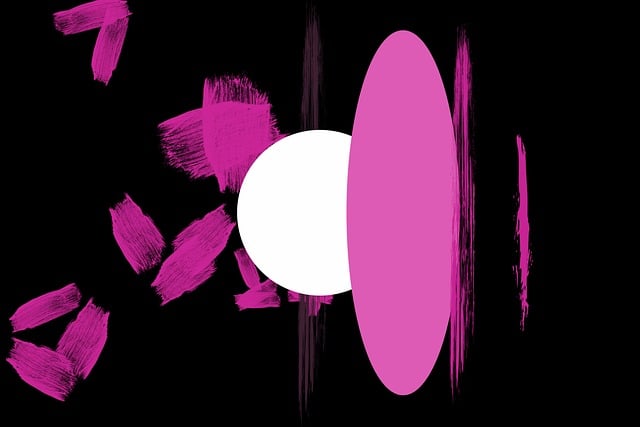
Professional graphic design services offer a multitude of benefits to businesses, playing a pivotal role in shaping their brand identity and communication strategies. Firstly, it helps create visually appealing content that captures the essence of a company’s mission and values, thereby attracting and engaging customers. A well-designed visual language can instantly convey complex ideas, making brands more memorable and distinctive in a crowded market.
Moreover, expert graphic design enhances marketing efforts by creating impactful advertising materials, from eye-catching logos to compelling social media graphics. It optimizes branding across various platforms, ensuring consistency and strengthening brand recognition. Effective graphic design also aids in data visualization, simplifying complex information for both internal communications and external presentations. Ultimately, it contributes to improved business outcomes by enhancing customer connections, boosting brand reputation, and driving sales.
Common Mistakes to Avoid in Graphic Design for Marketing Materials

Many businesses make the mistake of assuming that graphic design is solely about aesthetics, but effective marketing materials go beyond visually appealing designs. When creating promotional content, it’s crucial to avoid common pitfalls that can hinder your message’s impact. One significant error is neglecting readability; crowded layouts with tiny fonts might look stylish, but they often make text hard to read, especially on smaller screens or printed materials. Ensure your design elements complement the copy, allowing the essential information to stand out.
Another blunder is using outdated design trends without considering your brand’s unique voice and target audience. Graphic Design should effectively communicate your brand identity, so staying current with trends is essential but not at the cost of consistency and brand recognition. Avoid generic or overly complex designs; keep the focus on clarity and simplicity to ensure your marketing collateral resonates with your customers.
Staying Up-to-Date: Trends Shaping Modern Graphic Design Practices
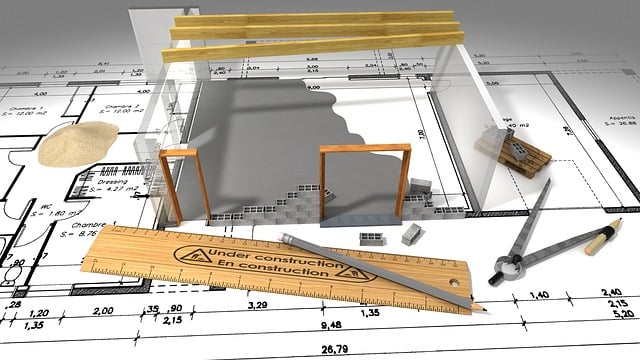
In the dynamic realm of graphic design, staying abreast of evolving trends is paramount for businesses aiming to maintain a competitive edge. Modern Graphic Design practices are continually reshaped by emerging technologies, shifting consumer preferences, and cultural shifts. Designers who embrace these changes can create visually stunning and effective branding materials, websites, and marketing collateral that resonate with target audiences.
Trends such as minimalism, flat design, and immersive experiences are shaping the future of Graphic Design. Minimalist aesthetics, for instance, continue to captivate audiences by emphasizing simplicity and clean lines, making content easily digestible. Flat design, with its two-dimensional graphics and lack of depth, offers speedier loading times and enhanced usability across various devices. Moreover, businesses are increasingly leveraging immersive technologies like virtual reality (VR) and augmented reality (AR) to craft engaging brand experiences that blur the line between digital and physical worlds.
Measuring Success: Evaluating the Impact of Graphic Design on Business Growth
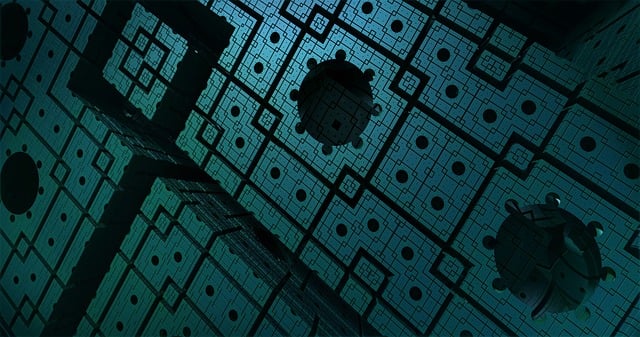
Measuring the success of graphic design in driving business growth is crucial, as it provides insights into the return on investment (ROI). By evaluating how well designed visuals resonate with the target audience, businesses can understand their impact on sales and brand recognition. Well-executed graphic design should not only attract attention but also communicate key messages effectively, fostering a positive brand image and encouraging desired actions such as purchases or sign-ups.
Key performance indicators (KPIs) to track include click-through rates, conversion rates, and brand recall. For instance, an e-commerce website might measure the success of its redesigned product pages by tracking how many visitors complete a purchase after encountering compelling product visuals. Similarly, a marketing campaign’s effectiveness can be assessed by gauging brand awareness and customer engagement metrics before and after introducing new branding materials. Such data-driven approaches help businesses make informed decisions about future design investments.
